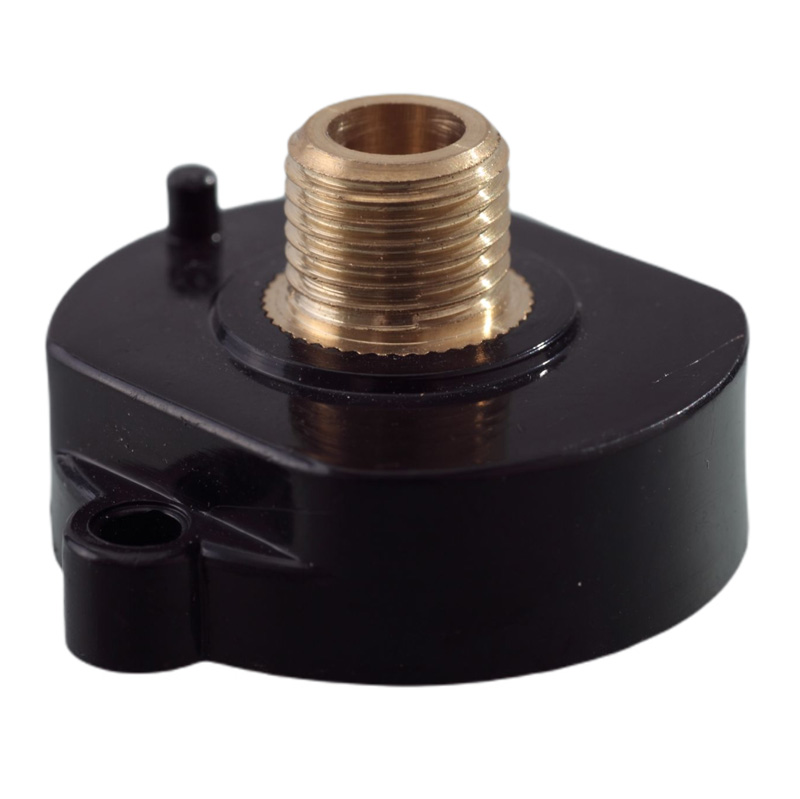
1. Our Youlin® Plastic Injection Molding Services
|
Service |
Details |
|
Lead Time |
Starts at 10 business days, including 24-hour quote responses |
|
Production Options |
Domestic and international |
|
Materials |
Most plastics, including custom sourcing and matching |
|
Machines Available |
Single, multi-cavity, and family molds; 50 to 1,100+ press tonnage; side actions including hand-loaded cores |
|
Inspection and Certification Options |
Includes FAI and PPAP. ISO 9001, and Medical Clean Room molding. |
|
Tool Ownership |
Customer-owned with mold maintenance |
|
Mold Cavity Tolerances |
+/- 0.005" when machining the mold and an additional +/- 0.002" per inch when calculating for shrink rate |
|
Part to Part Repeatability |
+/- 0.004" or less |
|
Critical Feature Tolerances |
Tighter tolerances can be requested and may increase the cost of tooling because of additional sampling and grooming. Youlin will mill to a steel-safe condition on critical features. |
2. How does Youlin® Plastic Injection Molding Services Work?
 Plastic injection molding is by far the most common way to produce large volumes of finished plastic parts for every kind of commercial and industrial use. In this process, melted liquid resin is injected under high pressure into the cavity of a metal die and then rapidly cooled, forming a solid shape. A single cycle to make a finished part may take anywhere from a few seconds to minutes depending on part complexity, size, and design.
Plastic injection molding is by far the most common way to produce large volumes of finished plastic parts for every kind of commercial and industrial use. In this process, melted liquid resin is injected under high pressure into the cavity of a metal die and then rapidly cooled, forming a solid shape. A single cycle to make a finished part may take anywhere from a few seconds to minutes depending on part complexity, size, and design.
3. Materials Options of Plastic Injection Molding Services
We have wide selection of more than 100 thermoplastic materials. And if you're looking for alternative material options, check out our list to resin substitutes for ABS, PC, PP, and other commonly molded plastics.
|
ABS |
ABS/PC |
Acetal |
Acetal Copolymer |
Acetal Homopolymer/Delrin |
ETPU |
|
HDPE |
LCP |
LDPE |
LLDPE |
Nylon |
PBT |
|
PC/PBT |
PEEK |
PEI |
PET |
PMMA (Acrylic, Plexiglas) |
PETG |
|
Polycarbonate |
Polypropylene |
PPA |
PPE/PS |
PS |
TPU |
4. Secondary Operations for Plastic Injection Molding Services
 ● Heat Staking
● Heat Staking
The process of locally heating a plastic component in order to reform and insert another component (such as a threaded insert).
● Laser Engraving
Engraving text or a design with the use of a laser.
● Pad Printing
A process to apply an ink-based, 2D design to a 3D surfa
● Painting
Primer and top coat; standard colors or Pantone matching; masking available; EMI (copper) paint.
● Ultrasonic Plastic Welding
A high frequency welder generates heat to join or reform thermoplastics.
5. FAQ
Q: What is the injection molding process?
A: First, raw material usually arrives in the form of plastic pellets. These pellets must be carefully dried to the correct moisture content, at which time they can also be colored with pigments. The pellets are then mixed and heated by the machine’s reciprocating screw until the resin is completely molten. Under high pressure this liquid plastic is injected into the hollow cavity of a mold tool and allowed to cool, forming a solid part that is then ejected from the cavity to begin the next cycle.
Q: What are the advantages of injection molding?
A: Once a tool is made, plastic injection molding is the fastest and most cost-effective way of manufacturing hundreds of thousands of finished plastic parts. Molded parts have excellent surface finishes with reliable and repeatable dimensional tolerances.
Q: How long does it take to make an injection mold tool?
A: Depending on the complexity of the design and possible heat treatment, a plastic injection mold tool can be made in five days to two weeks.